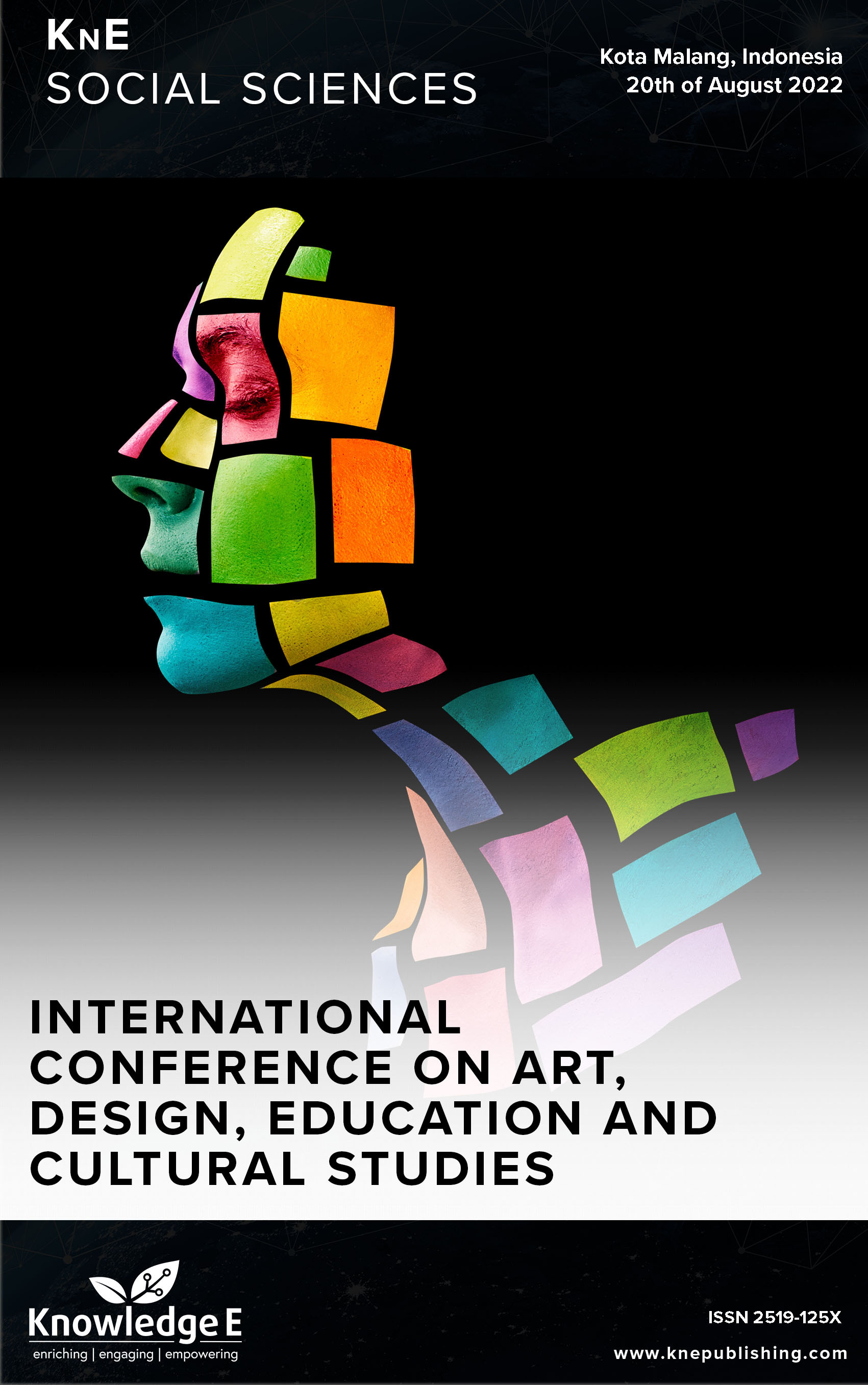Using the Malaysian Mah Meri Mask as Media for Cultural Introduction
DOI:
https://doi.org/10.18502/kss.v8i15.13910Abstract
The Malaysian Mah Meri tribal mask is one of the primitive masks whose existence has become an artifact stored in museums and become a medium of learning for the younger generation about their culture. The masks made are representations of ancestors and are used in worship ceremonies dedicated to their ancestors. These masks are used for funeral rituals and fertility ceremonies and serve as provisions for the dead in graves or as grave guards. The Mah Meri tribe is a sub-ethnic group of indigenous people living along the coast of Selangor. This community group has long lived in the area, and their daily life is farming. Among the routine life of the Mah Meri tribe, there is the Mah Meri mask dance which displays the history of the ancestors of the Mah Meri tribe and represents the animals that live on the land, in the swamps or rivers they encounter, both good and bad. Problems arise when the animal masks of the Mah Meri tribe are displayed at the Asian Art museum. Besides not being widely known, they also have minimal information, which is not enough to be used as a learning medium. The research method used is the Borg and Gall development model, which is simplified into 4 steps, namely (1) research and information gathering; (2) planning; (3) developing the initial form of the product; and (4) the final product revision. The result of this development is a 3D application that can be used as a learning medium to help tourists of all ages learn the masks of Orang Asli Malaysia in museums more easily.
Keywords: Malaysian, Mah Meri, mask, 3D character, cultural
References
[2] Panorama. Menyibak Misteri Topeng Mah Meri [Online]. 2015 Sep 16. Available from: https://panorama-magz.com
[3] Sukadana A. Makna Ritual Topeng Punakawan. Yogyakarta: Javanologi; 1985.
[4] Sukmadinata, NS. Metode Penelitian Pendidikan, Bandung: PT.Remaja Rosdakarya. 2006.

